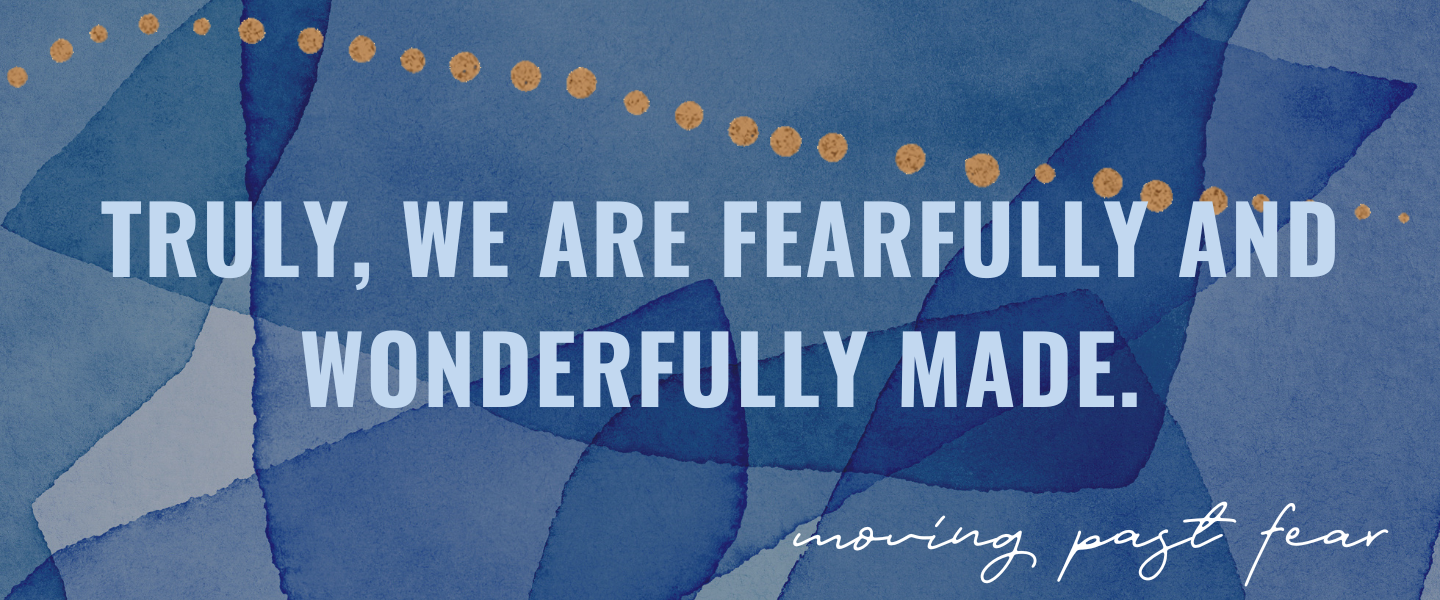Moving Past FearPrzykład


The Power of Breath
Another way we can access biological safety is through deep breathing. When we shift the way we breathe, we can shift the way our bodies respond. When we are anxious and afraid, we tend to have shallow breathing that is reflected in the rise and fall of our chest. This is the physical indicator that our sympathetic nervous system, which is responsible for our fearful trauma responses, is activated. When we are rested and calm, our breath is centered in our belly and marked by the expansion and contraction of our stomachs.
Try this quick exercise: breathe in through your nose for four counts, then hold at the top of your breath for two counts. Then exhale for six counts, breathing slowly through your nose. As you do this, imagine that your stomach is expanding like a balloon as you inhale and deflating as you exhale. Set a quick timer and do this for forty-five seconds.
The process of creating a sense of physiological calm so that we can learn and connect can be as simple as shifting how we breathe. With breath God created new and good realities; in His likeness, He designed us to the same. This is one of many deep breathing exercises that can calm our body’s fear responses and help us feel safe in our bodies. The intricacy and intentionality of God’s design of the human body is absolutely fascinating. Truly, we are fearfully and wonderfully made.
Read aloud the scriptures that especially comfort you as you practice taking full, deep, and slow breaths.
O tym planie

Any experience of trauma can enable paralyzing fear to take root in our lives. Fear can keep us from the full life God intends for us if we allow it, but we are not at the mercy of our terror. In this five-day reading plan adapted from Why Am I Like This? by trauma therapist Kobe Campbell, scriptures are paired with helpful strategies for loosening the hold fear has over our minds and bodies.
More









